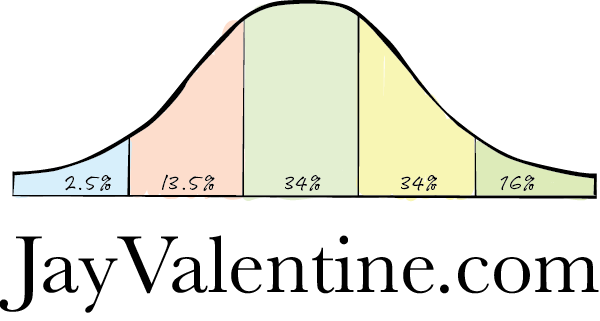
When the ship is sinking, you cannot see shore, and there are not enough lifeboats!
You know them!
They are the E, F, G venture round, SaaS company. They had 2-3 CEOs. They are on their 4th – 7th VP of Sales. They delivered “new messaging” with a fresh web site, paid for by that last venture round – 4 times.
Most have between $40 and $120 million in revenues, still not profitable. An IPO is no longer a hope even for the most delusional top execs.
Venture rounds deliver diminishing returns from continuous over-investment in sales and marketing. The company paid each of its 5-6 sales forces top-dollar, yet none could generate the growth trajectory needed to capture a category in DevOps, Testing, NoSQL, Sales or Marketing Automation.
There is enough revenue to stay alive but not to break out.
What does a CEO do here?
This is the moment when being clever is more valuable than smart. This is when one needs to take this Living Dead entity and position it as something with just the catalyzing force to make a bigger player massively successful.
Yes. You are right. This is rhetoric hiding the search for the bigger fool. Let’s go there and leave it to others to decide the ethics of it all.
When you, the CEO have these losing cards in your hand, you enter the business of positioning what you do, what you are, as the perfect force-multiplier for the bigger fool’s core strategy.
Let’s do a few stories to see how these cards have been played in the past.
The company that started the independent software industry, ADR, found itself in similar straits in 1986. Its mainframe database business was stagnant. It was public. Oracle was killing its lifeline. End-of-life was a real possibility.
Ameritech was a Chicago Baby Bell. Its strategic planners saw the future as the “marriage of data and communications.” They bought ADR, because ADR was a “database company.”
After installing a hapless CEO with no idea software and databases were different animals, Ameritech learned ADR was actually a DBMS company. It did not have data, it did not have libraries, it sold a database management system.
ADR’s revenues continued to decline. Ameritech realized they bought something that was not quite what they thought it was; it was sold for scrap to Computer Associates.
ADR positioned itself as a multiplier for an Ameritech key strategy, the investors got out whole, and even though it ended badly, the short term averted disaster. Positioning. That is what saved the ADR investors.
Google Illinois Tool and Click Commerce; HP and Mercury Interactive; Yantra and Sterling Commerce; HP and Autonomy.
Each acquired firm found fairly comfortable exits not via explosive sales. They focused on selling their story to the bigger fool who paid for a synergy story rather than soon-to-decline sales.
Sure, sometimes, maybe often, it ended badly.
Ships do sink.
However, in each case here, the investors and the management got in the scarce lifeboats. Unfortunately, the employees with stock options, vested over 4 years, drowned.
What does the clever CEO do when he or she sees there will not be enough life boats?
Plan B really matters. It becomes the exit plan to find that hapless corporate development team needing a great story.
If you are among the Living Dead, or an investor in one, there are small numbers of bigger fools with enough dough to get you out whole. Each can choose from the multitude of Living Dead, just like you.
Each has a corporate development team looking for something to justify their existence. You can be that justification.
Create a compelling 2 x 2 = 10 story. Align it with someone who has the dough to pay, the need for a story and is clueless enough to actually believe this transaction will be accretive.
It is not a perfect world.
But when there are not enough lifeboats, one has to do what one must.
After all, history is written by the survivors in the lifeboats.
Reprinted from Software Executive Magazine OnLine
